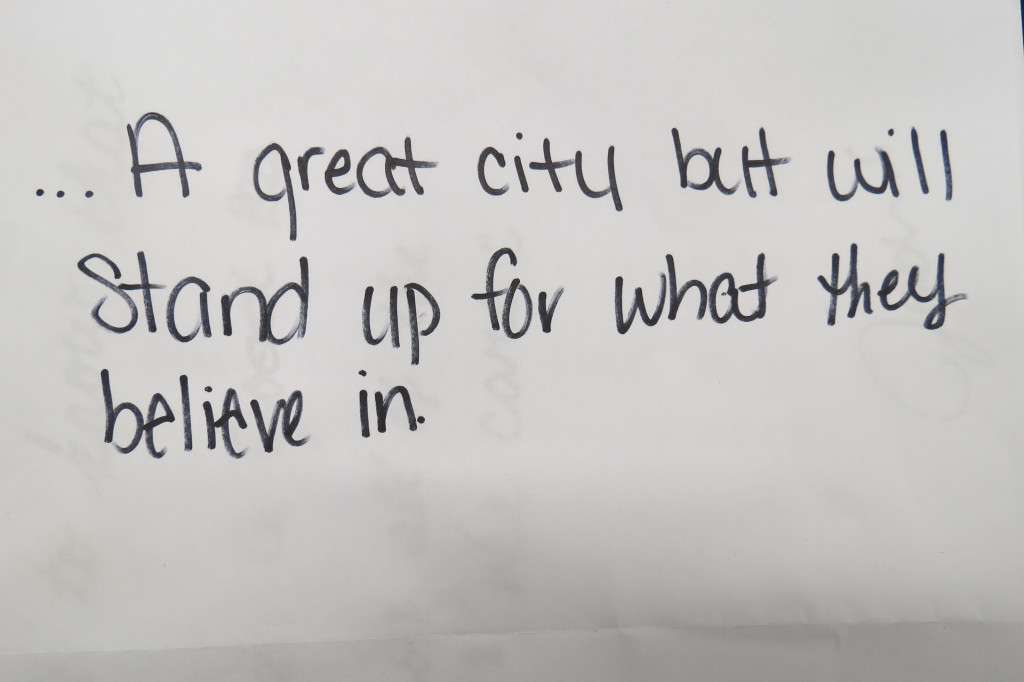This Monday, 300 Men March completed a 35-mile walk from Baltimore to Washington, DC, to protest and drawn attention to violence in Baltimore. The most notable example of violence in the city this year was the death of 25-year-old Freddie Gray from a severe spinal cord injury suffered while in police custody. Pent up frustration at tactics used by police erupted after the funeral for Gray. Police clashed with protesters across the city and a state of emergency was declared for nearly a week. Six officers have since been charged with crimes ranging from misconduct in office to second-degree murder in Gray’s death. All six have plead not guilty.
Media coverage of the protests and riots often overlooked the determined but measured voices and opinions of Baltimore residents who had been drawing attention to police misconduct and the increased murder rate in the city. Nationally, Gray was the latest in a string of high-profile incidents where police killed black persons in the past year sparking the Black Lives Matter movement.
Just a month after these events, eighth-graders from Cross Country Middle School in Baltimore visited President Lincoln’s Cottage. Given the dramatic events they had just experienced, the students were overflowing with thoughts and ideas. Clearly, there were problems to solve, which the whole world was gawking at on the nightly news and social media. However, the folks who struggled to make Baltimore a positive and good place to live were being overlooked.
Brittany Carney, one of the tour guides who worked with students that day, relayed the tension and resentment students felt at how their city was portrayed. And despite barely being teenagers, the students also dived into the complexities of social issues:
The students steered the conversation towards the topic of social media and news coverage before my eyes even fell on the relevant question listed on my paper. One student said “the media twists the truth.” Her classmate described some uncovered footage about protesters delivering the police coffee. She felt that the news didn’t want to show people helping the police.
How did the events affect the students’ views on policing? One young woman said she “didn’t think it was always about race,” as several police offers involved were black. Another confessed to being wary of the police since she was little, because of stories older family members had told her.
Abraham Lincoln experienced a similar dilemma during his time as president. When he took office, his beloved country, which he bragged about and trumpeted to all who would listen, sustained the largest slave labor system in the world and was collapsing into bloody civil war. Lincoln often took to writing to help sort out his vision of America with the reality of events unfolding in the country. These writings ranged from private thoughts on religion to the consecrating Gettysburg Address to the liberating Emancipation Proclamation.
In the Emancipation Room of the Cottage, where President Lincoln worked on the Proclamation, these students were given the opportunity to define their visions and realities of Baltimore by starting with the prompt, “I want people to know that Baltimore is…”
Click the images below to see their work, which absolutely matters:

